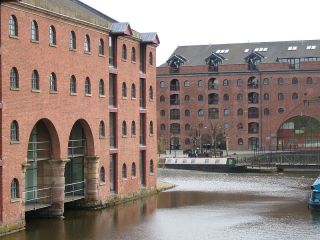 Reseller Misco is to close its UK warehouse at the end of the year.
Reseller Misco is to close its UK warehouse at the end of the year.
The outfit said that the rise of drop-shipping has decimated its usage and made it inefficient. Instead it had a cunning plan to save a minimum of £1.5 million a year by outsourcing its warehouse functions to a third-party logistics provider.
Misco’s CEO Alan Cantwell confirmed that all 65 warehouse staff at the 80,000 sq ft location will be collecting their p45s and pink slips.
The existing 24 sales staff will relocate to a new office nearby in Q1 of 2018, he said.
Cantwell led a management buy-in of Misco in March and the move is part of the new team’s efforts to return it to break even after group losses reached about £16 million last year.
Some 105 UK staff have already left the business under a recent sales and marketing restructure, while headcount at Misco’s Budapest shared service centre has also been slashed from 340 to 200.
The logistics centre there was set up to ship 6,000 parcels daily, and at present the company is only shipping between 400 and 500. This was mostly because it is drop shipping pretty much everything and most parcels now go straight from logistics through to the clients.
Misco is in the throes of negotiating a contract with a third-party logistics provider which will take over the functions before Christmas. Its shortlist has been whittled down to two, with a decision set to be made in the next week.







